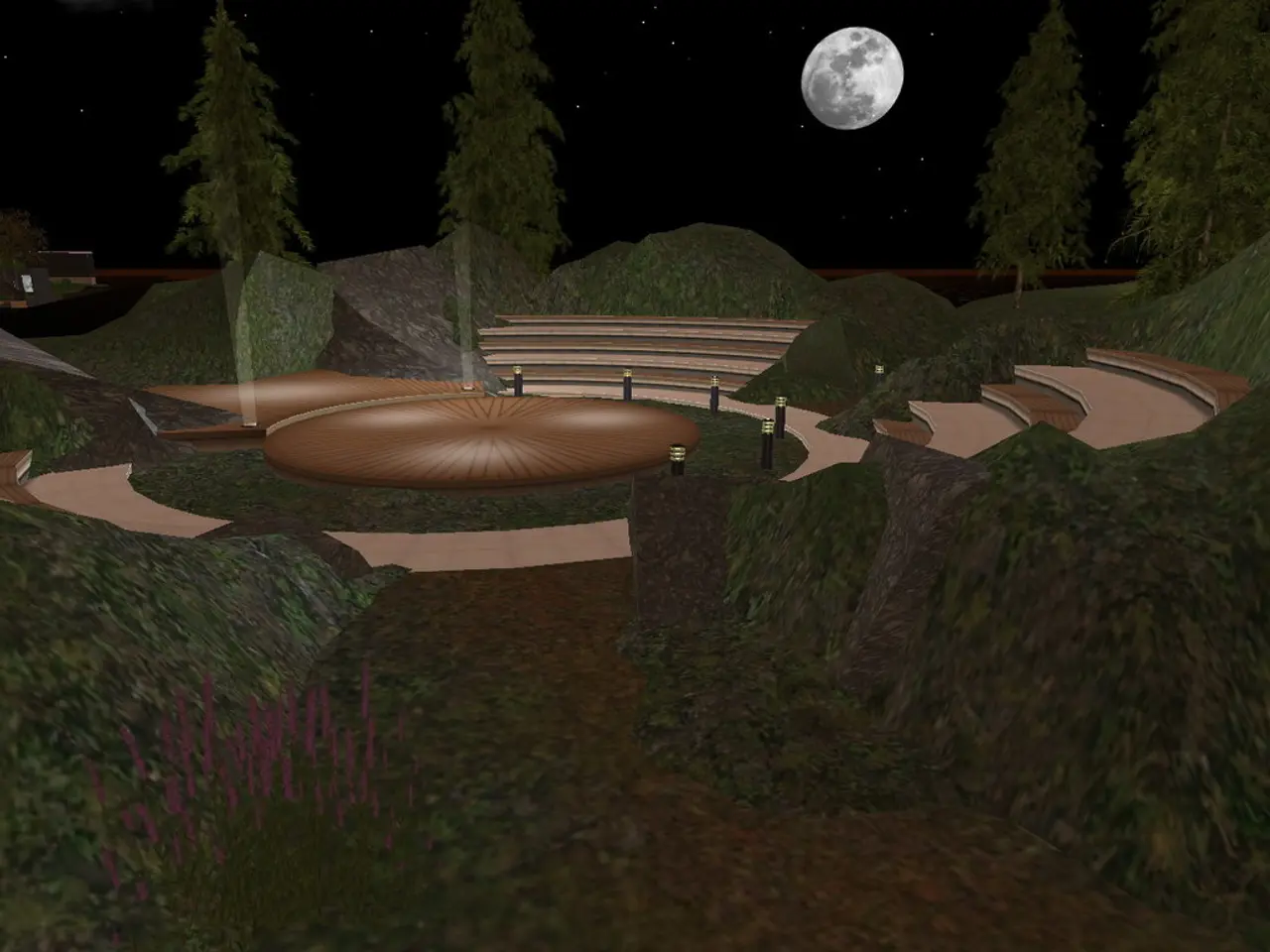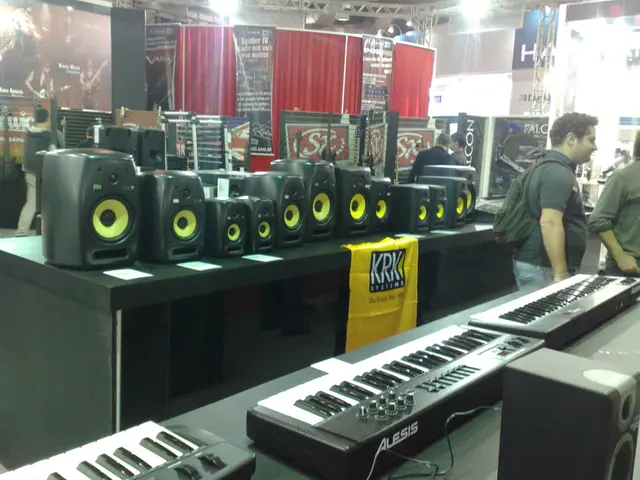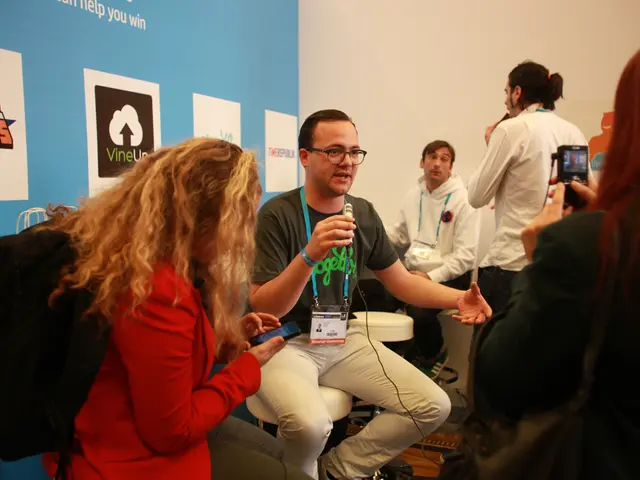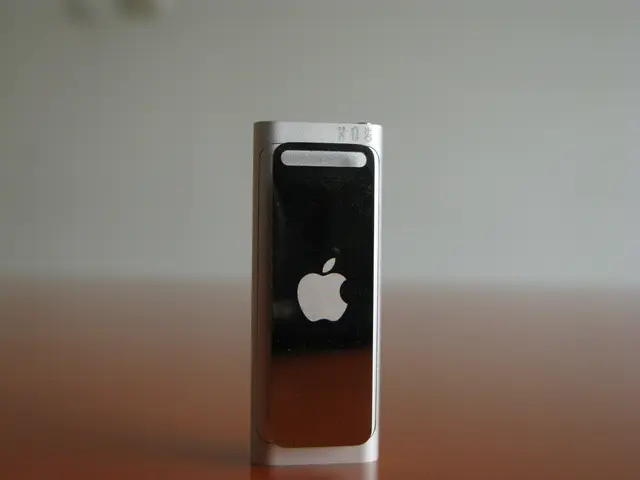Lunar surface simulator tested in Colorado, evaluating moon equipment functionality
The Colorado School of Mines' Mines Lunar Surface Simulator (MLSS) is a state-of-the-art facility that has become a hub for testing and researching various lunar technologies. This comprehensive testbed is dedicated to advancing our understanding of lunar rovers, landing and launch pads, excavation gear, and dust mitigation.
One of the key projects currently underway at the MLSS is the Autonomous Site Preparation: Excavation, Compaction, and Testing (ASPECT) project. ASPECT is a fully autonomous rover equipped with regolith excavation, boulder moving, and surface compaction equipment, all crucial for preparing lunar sites without human intervention [1].
The MLSS also supports trials of excavation and construction equipment designed for lunar environments. Over 110 tons of high-quality lunar regolith simulant enable realistic testing for these purposes [1]. MDA’s SKYMAKER™ robotic arm has been tested thoroughly at the simulator, performing operations such as digging trenches, collecting soil and rock samples, and depositing samples into containers. These tests inform rapid design refinement for lunar surface operations supporting sample handling and excavation [2].
The MLSS is also used to assess lunar infrastructure concepts such as landing and launch pads, addressing how to build and maintain stable and durable surfaces for lunar bases and missions [1][4].
In addition, the testbed provides opportunities for evaluating dust mitigation technologies and sensing systems essential to maintain equipment function and astronaut safety in the dusty lunar environment. Specific projects in this area were not detailed [1].
The design of the MLSS focuses on realism, scalability, and flexibility to foster innovation by startups, aerospace companies, and academia, enabling continuous advancement in lunar surface operations technology [1]. The facility is part of NASA's Lunar Surface Technology Research (LuSTR) program, aiming to demonstrate automated lunar site preparation [4].
Partnerships among industry and academic stakeholders are also a significant aspect of the work at the MLSS. Companies like Outward Technologies, which is advancing critical technologies for extracting resources on the moon, and Interlune, a Seattle-based startup aiming to commercialize natural resources from the moon, are involved in the projects [1]. Neuroour GmbH of Berlin has also evaluated its modular rover platform, HiveR, at the simulated moonscape [1].
In summary, the Mines Lunar Surface Simulator serves as a comprehensive testing ground for diverse lunar mission technologies, emphasizing autonomous rovers, excavation and construction methods, infrastructure development like landing pads, robotic sample handling, and dust management solutions. This work is largely embedded in NASA's Lunar Surface Technology Research (LuSTR) framework and supported by partnerships among industry and academic stakeholders [1][2][4].
References: [1] Colorado School of Mines. (2021). Mines Lunar Surface Simulator. Retrieved from https://www.mines.edu/lunar-surface-simulator [2] MDA. (2021). MDA's SKYMAKER™ Robotic Arm. Retrieved from https://www.mda.ca/en/products/robotics/skymaker [3] Outward Technologies. (2021). Outward Technologies. Retrieved from https://outwardtechnologies.com/ [4] NASA. (2021). Lunar Surface Technology Research (LuSTR) Program. Retrieved from https://www.nasa.gov/lustr
- Startups like Interlune, focused on commercializing moon resources, are collaborating with the Colorado School of Mines' Mines Lunar Surface Simulator (MLSS) to progress in the field of lunar surface operations technology.
- The MLSS, a hub for technology research, is working on projects such as the 'Autonomous Site Preparation: Excavation, Compaction, and Testing (ASPECT) project', which aims to prepare lunar sites with autonomous rovers and equipment.
- The Colorado School of Mines' MLSS is also utilizing technology to test dust mitigation solutions, crucial for maintaining equipment function and astronaut safety in the lunar environment, although specific projects in this area were not detailed.




